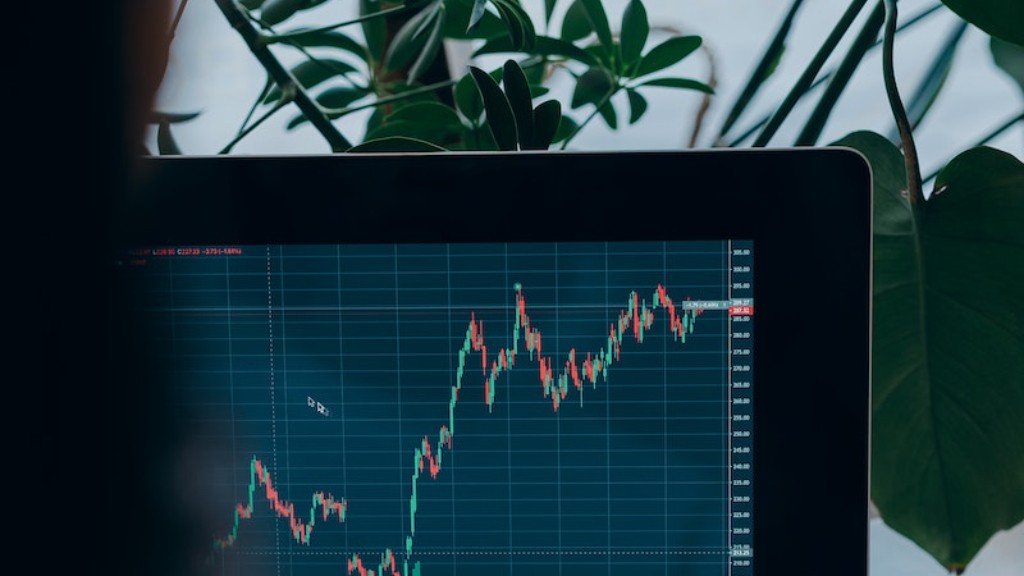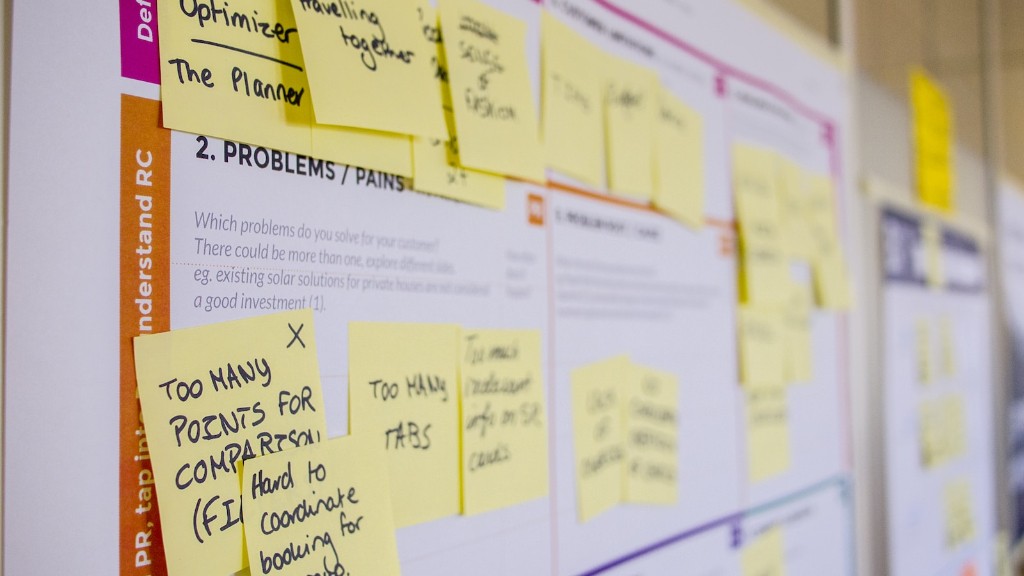In order to calculate your conversion rate in digital marketing, you will need to take the number of conversions and divide it by the number of total visitors. This will give you your conversion rate as a percentage.
Conversion rate is a measure of how successful a digital marketing campaign is in terms of its ability to generate leads or sales. It is calculated by dividing the number of conversions by the number of impressions, or activities, such as clicks or views.
What is conversion rate in digital marketing?
Conversion rate is a key metric for evaluating the effectiveness of your content. A high conversion rate means that more users are responding to your call to action and taking the desired action. Conversely, a low conversion rate indicates that your content is not resonating with your audience and needs to be improved.
A conversion rate is a way to measure how effective your website is at converting visitors into customers or leads. To calculate your conversion rate, simply take the number of conversions (sales or leads) and divide it by the total number of visitors. For example, if an ecommerce site receives 200 visitors in a month and has 50 sales, the conversion rate would be 50 divided by 200, or 25%.
What is the formula of conversion
The conversion rate is a key metric for any business, as it measures the number of visitors or leads who take a desired action. A high conversion rate indicates that your marketing efforts are effective and that your product or service is appealing to your target audience. There are a number of ways to calculate conversion rate, but the most common formula is:
Conversion Rate = Total number of conversions / Total number of unique visitors * 100
This formula can be adapted for leads instead of unique visitors, giving you the following formula:
Conversion Rate = Total number of conversions / Total number of leads * 100
Both formulas produce the same result, but the lead conversion rate is generally considered to be a more accurate measure of marketing effectiveness, as it excludes visitors who are not interested in your product or service.
To improve your conversion rate, start by analyzing your current marketing campaigns and website design to identify any areas that could be hindering conversion. Then, test different solutions and track the results to see what works best for your business.
In order to calculate your cost per conversion, you will need to take your total marketing and advertising expenses and divide that number by the number of conversions. For example, if you spend $100 on marketing and advertising and generate 10 conversions, your cost per conversion would be $10.
What is a conversion rate calculator?
The conversion rate is an important metric for e-commerce businesses, as it indicates how well the business is converting visitors into customers. A high conversion rate is indicative of a healthy business, while a low conversion rate may indicate that there is room for improvement.
A good conversion rate is a key metric for businesses to track in order to gauge their success. On average, businesses should aim for a conversion rate of 10%. However, some businesses may obtain up to 1145% on average, while others may vary based on industry and channel.
What is the conversion rate for online sales?
The survey and studies show that the average ecommerce conversion rate increased by 1963% from 161% to 192% in July 2022 compared to July 2021. The average conversion rate in all segments of all ecommerce markets increased by 365% from 161% to 192% in July 2022 compared to July 2021.
The conventional wisdom on conversion rates is that a good conversion rate is somewhere around 2% to 5%. If you’re currently sitting at a 2% conversion rate, then an improvement to 4% may seem like a massive jump. However, even with this improvement, you’re still stuck in the average performance bucket. Congratulations on your improvement, but there’s still room for growth.
What is the formula for conversion rate in Excel
The conversion rate is one of the most important metrics for measuring the success of your website or online store. It tells you how many visitors to your site take an desired action, such as making a purchase or signing up for a newsletter.
You can calculate your conversion rate in Excel using the following formula:
Conversion rate = Total number of conversions / Total number of sessions * 100
This metric is important because it helps you understand how effective your site or store is at converting visitors into customers or leads. If your conversion rate is low, it means that you need to improve your site or store in order to increase sales or leads.
The conversion rate formula is used to calculate the percentage of visits that result in an order. For instance, if you get 300 clicks on an ad that result in 10 sales, the CVR formula would be (10/300) * 100 = 3%.
Conversion rate is a key metric for evaluating the success of your marketing campaigns. It tells you how many people are taking the desired action (such as making a purchase) divided by the total number of people who see your campaign.
There are a number of factors that can influence your conversion rate, such as the quality of your offer, the relevance of your message to your target audience, and the design of your landing page.
Improving your conversion rate can have a major impact on your business, so it’s important to track it and continuously work on ways to improve it.
CPM is a very important metric when it comes to online advertising, as it allows you to calculate your cost per thousand impressions. In order to calculate your CPM, you need to take the total cost of your online advertising and divide it by the total number of impressions, and then multiply it by 1000. For example, if your ad campaign costs you $500 for 100,000 impressions, your CPM would be $5.
What is a 2% conversion rate
There are a few things you can do to increase your conversion rate:
1. Make sure your ad is relevant to your target audience.
2. Include a strong call to action in your ad.
3. Make sure your landing page is optimised for conversions.
4. Make sure your products are priced competitively.
5. Offer discounts or coupons to encourage purchases.
6. Provide excellent customer service.
7. Add an urgency element to your campaign to encourage people to buy now.
8. Test, test, test! Try different variations of your ad and landing page to see what works best.
A 12% conversion rate is good for lead generation, but you can be better than your competitors by improving your rate.
Is 40% a good conversion rate?
There is no definitive answer to this question as conversion rates vary greatly from one retail store to the next. However, the average conversion rate for retail stores is generally higher than that of eCommerce stores, with most retailers seeing sales conversion rates of 20-40%.
The conversion rate is the percentage of visitors who take the desired action on your website. This could be signing up for a newsletter, making a purchase, or taking any other action that you want them to take. A high conversion rate means that your website and landing pages are effective at achieving their goals.
Warp Up
To calculate conversion rate in digital marketing, divide the total number of conversions by the total number of visitors.
Conversion rates are one of the most important indicators of success for any digital marketing campaign. By understanding how to calculate conversion rate, you can optimize your campaigns to ensure that you are getting the most leads and sales from your target audience. By following the steps outlined in this article, you can easily calculate your conversion rate and make necessary changes to improve your digital marketing results.





